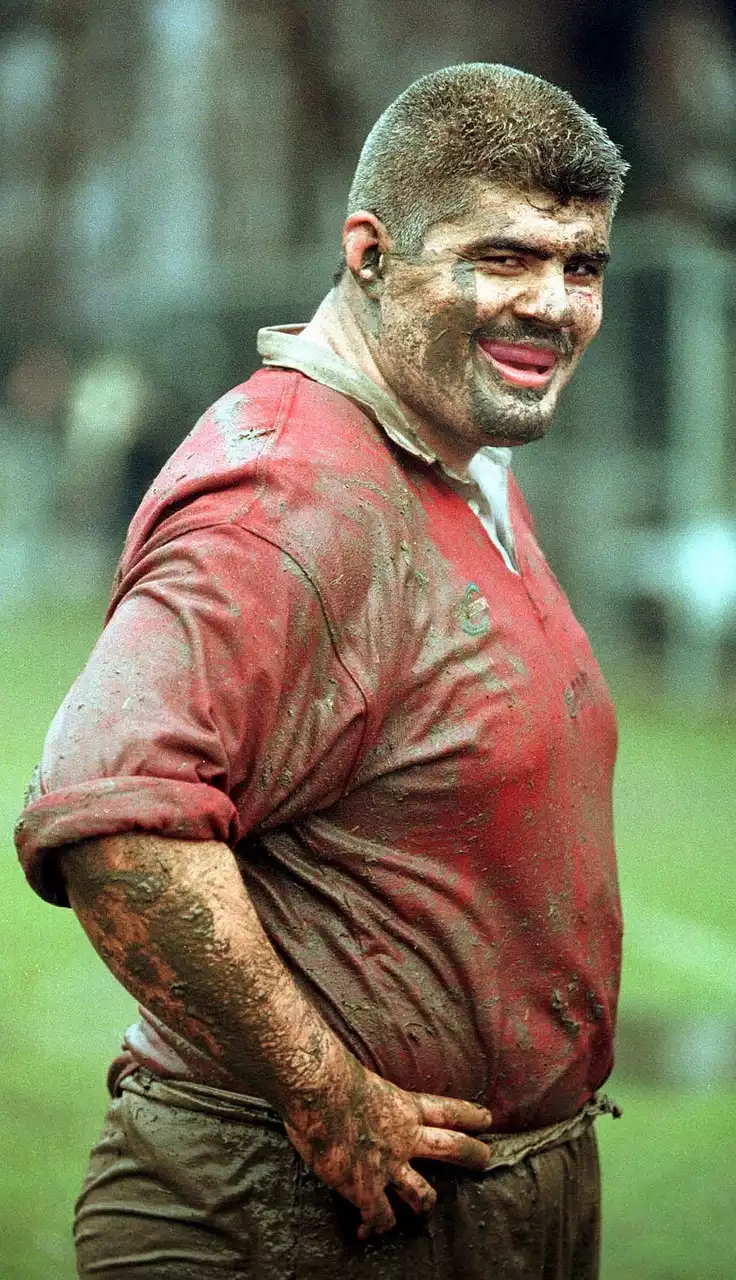History of the Rugby Shirt
Rugby shirts have been around since the 19th century when they were first introduced to the game of rugby union. Initially, the shirts were simply white, cotton jerseys with short sleeves. It wasn’t until the 1940s that teams began to introduce a more distinct style of shirt, with teams in the UK and Australia beginning to use longer-sleeved shirts with stripes and other designs. In the 1950s, teams in the UK began to experiment further with their shirts, introducing different colors and patterns. By the 1960s, most teams had adopted a distinctive style of shirt, with each team having a unique look.
Classic Design of the Rugby Shirt
The original design of the rugby shirt featured a cotton jersey with a v-neck collar and short sleeves. The shirt was usually white, although some teams experimented with different colors and tones. The design of the shirt was simple and practical, designed primarily to differentiate between teams on the pitch. Over time, the design of the shirt evolved, with teams introducing stripes and other patterns to create a more distinct look.
Evolution of the Rugby Shirt
The evolution of the rugby shirt has been driven by advances in fabric technology. In the 1960s, teams began to experiment with synthetic fabrics, which allowed for more intricate designs and colors. This led to the introduction of bold, eye-catching designs, with teams trying to outdo each other with their shirts. In the 1970s and 1980s, the use of synthetic fabrics became more widespread, allowing teams to create more complex designs and colors. By the 1990s, teams had begun experimenting with even more advanced fabrics, such as polyester and spandex.
Benefits of Modern Fabrics
The introduction of modern fabrics has allowed for more innovative designs. Synthetic fabrics are more lightweight and breathable than cotton, which allows for greater freedom of movement on the pitch. They also tend to last longer than cotton, meaning teams can keep their shirts for longer. Modern fabrics are also more resistant to stains and wear and tear, making them a more practical choice for teams.
Impact of Technology on Rugby Shirt Design
The development of new technologies has also had an impact on the design of rugby shirts. In the 1990s, teams began to experiment with computer-aided design (CAD) software, which allowed them to create more intricate and detailed designs. This has allowed teams to create more complex designs, featuring intricate patterns and colors, as well as logos and other graphics.
Distinctive Designs of Today's Professional Rugby Shirts
Today, professional rugby teams have access to a wide range of fabrics and technologies, allowing them to create unique and eye-catching designs. Teams now have the freedom to create bold, vibrant shirts that stand out on the pitch. Teams also have the option of creating custom designs, allowing them to truly express their identity.
Importance of Rugby Shirt Design to Team Identity
The design of a team’s rugby shirt has become an important part of its identity. The shirt is often the first thing people think of when they think of a team, and the design of the shirt can have a huge impact on how the team is perceived. A good design can help to create a sense of unity and pride among the team’s supporters, while a bad design can have the opposite effect.
Creating Unique and Memorable Rugby Shirt Design
The key to creating a unique and memorable rugby shirt design is to think outside the box. Teams should look to use bold colors and patterns, as well as logos and graphics, to create a design that stands out from other teams. Teams should also look to use fabrics that are lightweight and breathable, as well as resistant to stains and wear and tear.
The evolution of the professional rugby shirt has been an incredible journey, with teams now able to create unique and eye-catching designs. From the simple cotton jerseys of the past to the modern synthetic fabrics of today, the rugby shirt has become an important part of the team's identity. The design of the shirt can have a huge impact on how the team is perceived, so teams must ensure they create a design that stands out from the crowd.










